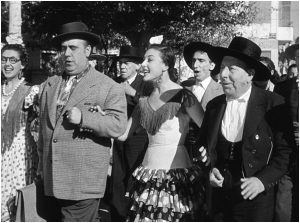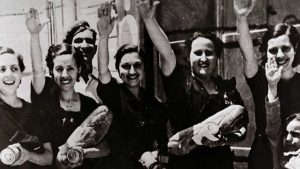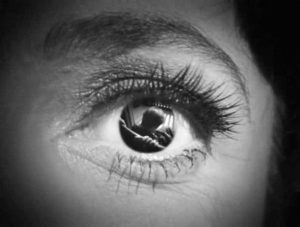This week we are going to explore the dyad national/transnational, and how it works in the cinema and literature of twentieth-century Spain. This week we do NOT have a reading by Pavlović; instead, on Tuesday we will discuss three articles that will help us understand this critical matter for our seminar. The articles are Steven Marsh’s on National-Popular and García Berlanga’s ¡Bienvenido Mister Marshall!, Kathleen Vernon’s on Hollywood, trade wars, and transculturation, and Daniel Mourenza’s on Bardem and Hollywood Melodrama.

With Luis García Berlanga and Juan Antonio Bardem, ¡Bienvenido Mister Marshall (Welcome, Mr. Marshall!) (1953) on Wednesday we will see a representation of the national/transnational dynamics of economic independence after the good times of the Republic, another turn of the screw on the by then familiar españoladas, and the way in which cinematic development plays with these dynamics.
On Thursday, we will read a segment of Mercé Rodoreda’s La plaça del diamant (In Diamond Square), and we will hear . On Thursday, we will hear Ms. Tate present the article by Benet, “Historical Films During the First Years of the Franco Regime and their Transnational Models” (31-41)
By Saturday at 5PM at the latest, please post comments, questions, or doubts you have regarding this dyad of national/transnational, and how you see it represented in the cinema and literature we are going to discuss.



